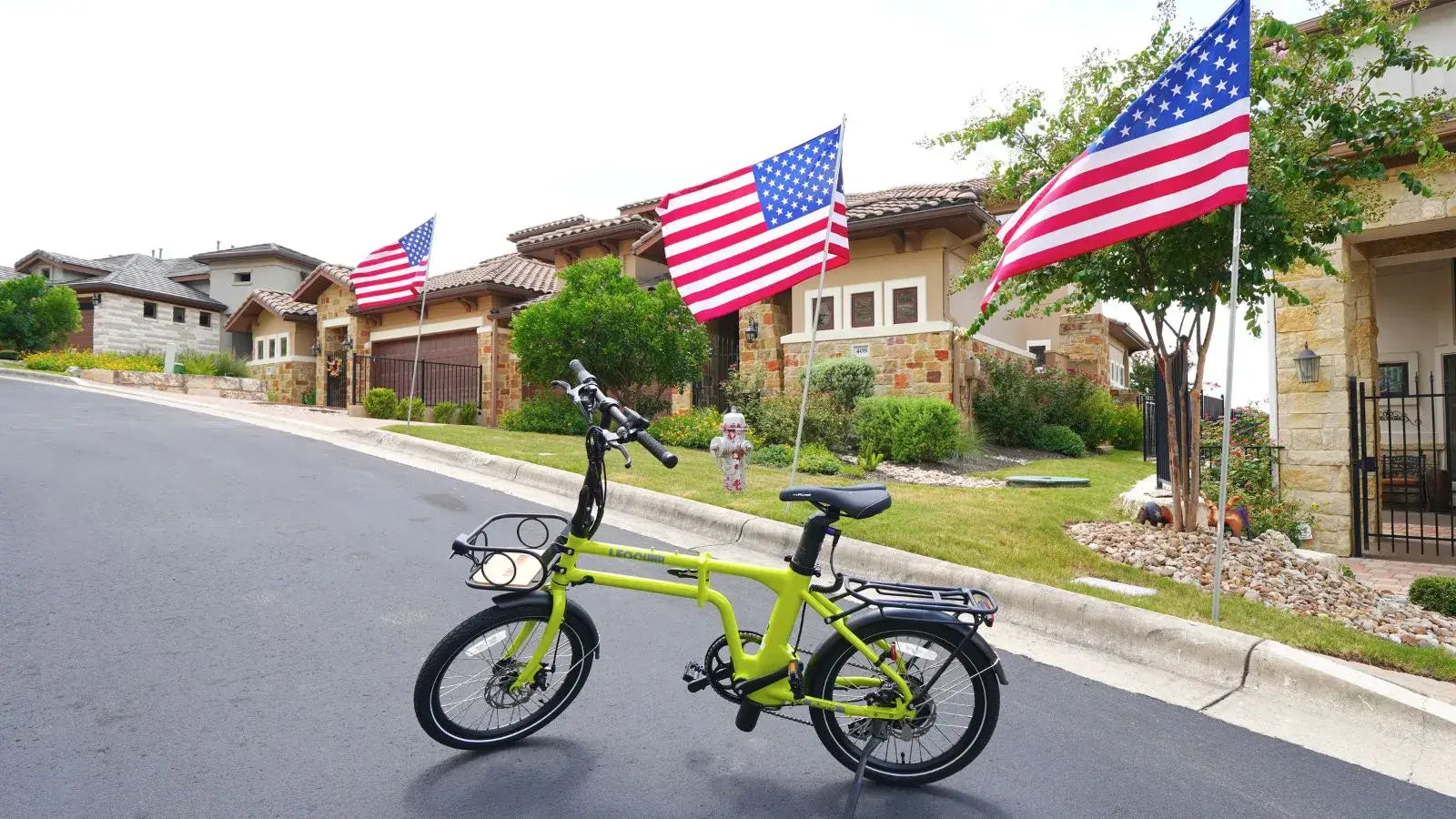
Understanding U.S. Electric Bike Speed Limits: Laws, Technology, and Safety
Electric bikes are increasingly popular in the United States as an eco-friendly transportation option. Understanding the associated laws, speed limits, and safety regulations is essential for riders and manufacturers. This article covers U.S. e-bike regulations and safety measures to promote a sustainable riding culture.

Federal Regulations on E-Bike Speed Limits
The U.S. government regulates ebikes through a classification system, primarily based on amendments to the Federal Motor Vehicle Safety Standard (FMVSS) introduced in 2002.
According to federal law, a low-speed electric bicycle is defined as having a motor power of no more than 750W and a top speed of 20 mph (32 km/h) when operating solely on motor power on level ground. E-bikes that meet these criteria are granted the same rights as standard bicycles, meaning they do not require a license and can be ridden in bike lanes.
Three E-Bike Classes
-
Class 1: Pedal-assist only, with a top speed of 20 mph.
-
Class 2: Equipped with a throttle and a top speed of 20 mph.
-
Class 3: Pedal-assist only, but with a higher top speed of 28 mph (45 km/h). However, Class 3 e-bikes cannot be ridden on bike paths or trails where speed limits prohibit motorized vehicles.
Safety Standards for E-Bikes
On top of that, online retailers like Amazon have their own extra requirements. To be listed, e-bikes need to pass the UL 2849+ED1:2019 safety certification, covering circuit protection, battery management systems, and 17 other safety tests to ensure reliability and safe operation.
Differences in State-Level Regulations
-
Lenient States (e.g., California) Class 1–3 e-bikes are allowed on bike lanes, but Class 3 e-bikes require designated lane markings. Riders must be at least 16 years old and wear a helmet.
-
Restricted States (e.g., New York) Only Class 1 e-bikes are permitted on public roads, while throttle-powered e-bikes are banned from parks and greenways.
-
Hybrid States (e.g., Texas) Class 3 e-bikes must display a special license plate, cannot carry passengers, and the minimum riding age is raised to 18.
New Enforcement Measures
-
California (Starting October 2024): A pilot program will install AI-powered speed cameras that use license plate recognition to automatically log speeding violations and link them to the DMV database for fines.
-
Colorado: Class 3 e-bikes must be equipped with a speed-limiting chip that automatically cuts power and logs violations if the bike exceeds the speed limit.

Speed Limit Technology and Industry Impact
E-bike speed limits are enforced through a dual mechanism that combines hardware and software controls:
Hardware Restrictions: The controller uses a built-in PWM (Pulse Width Modulation) chip to regulate motor power by adjusting the duty cycle. As the bike approaches the speed limit, the system gradually reduces power output to keep it within legal limits.
Software Protocols: Many e-bikes use a CAN bus communication system, which syncs speed data in real-time with the dashboard and cloud-based monitoring platforms. Some manufacturers have even implemented self-destructing firmware to prevent unauthorized modifications or speed hacks.
Market Adaptations
-
750W motors remain intact, but power is software-limited to 500W for compliance.
-
Dual-mode dashboard: Displays regulated power and speed data during customs inspections but allows users to switch to real-time performance data after purchase.
Safety Concerns and Industry Challenges
The Underground Market for Speed Modifications
A growing black market for e-bike speed hacks has emerged, making it easy for riders to bypass speed limits. Decoder devices, which cost as little as $50, can be plugged into the OBD port of a Class 2 e-bike, unlocking speeds of 35–45 mph.
In 2024, a crackdown in New York found that 72% of illegally modified e-bikes still displayed legal speed limits on their dashboards, making enforcement difficult. Authorities had to rely on GPS tracking data to estimate actual riding speeds.
Regulatory Gaps vs. Technological Advancements
-
Battery technology has improved: Lithium batteries now exceed 300 Wh/kg, significantly increasing range. This has pushed for higher power limits, as riders seek more performance.
-
Autonomous e-bikes: Some Level 4 self-driving e-bikes are already capable of maintaining 40 mph, yet there are no clear laws defining their road rights.
Crash Data and Safety Risks
-
At 20 mph or below, the survival rate in crashes is 98%.
-
At 28 mph, the fatality rate jumps to 55% in collisions.
-
Braking distance doubles: On dry asphalt, stopping from 20 mph takes 4.6 meters, but at 28 mph, it extends to 8.2 meters.

Future Regulatory Trends
As technology advances, e-bike speed regulation is shifting from mechanical limits to intelligent controls. Emerging solutions include:
Dynamic Speed Limits: Using a GPS system, ebikes can automatically activate electronic speed fences (10–15 mph) in schools, commercial zones, and other restricted areas.
Biometric Speed Control: Handlebar pressure sensors can monitor a rider’s physical condition. If heart rate exceeds 120 bpm, the system automatically reduces speed to prevent overexertion.
Blockchain-Based Tracking: A tamper-proof digital identity is embedded at the manufacturing stage, recording all repairs and modifications. Law enforcement can scan the e-bike's history using specialized equipment.




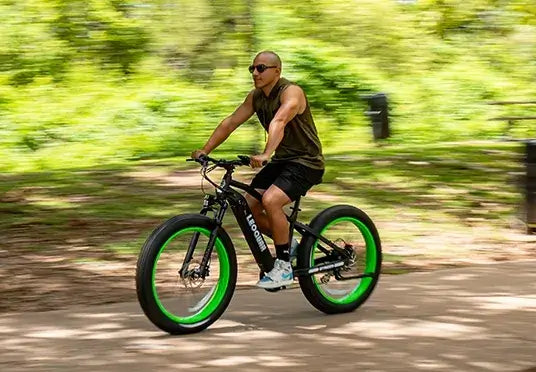
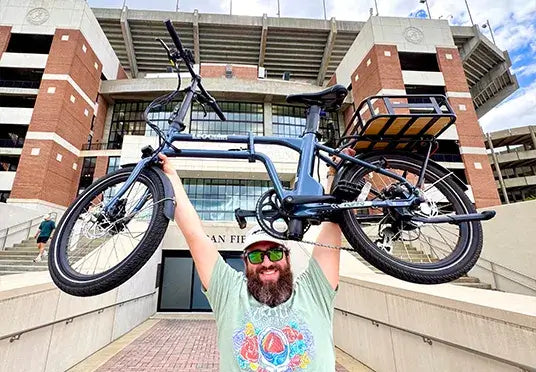
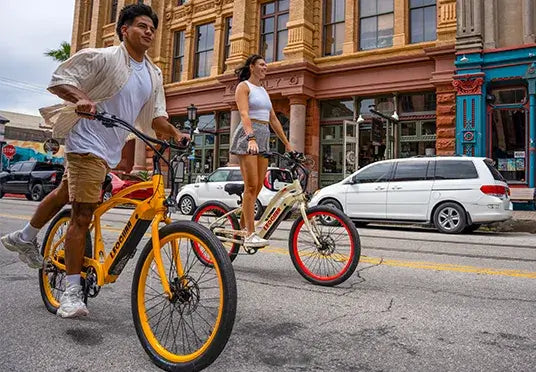
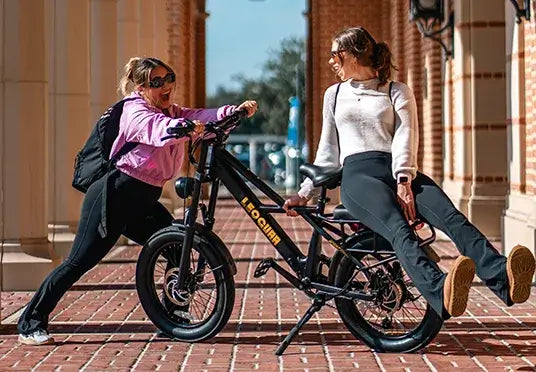
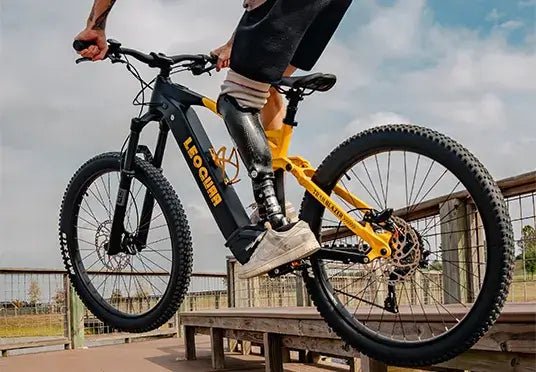

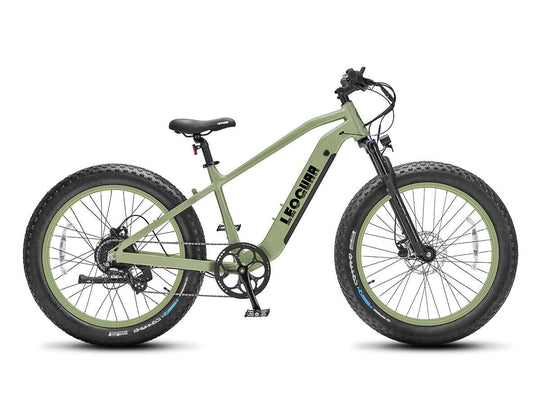
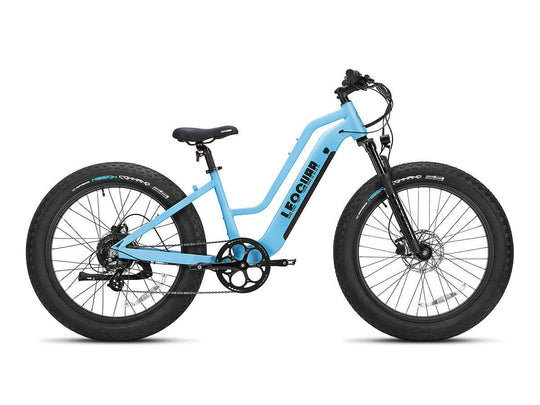
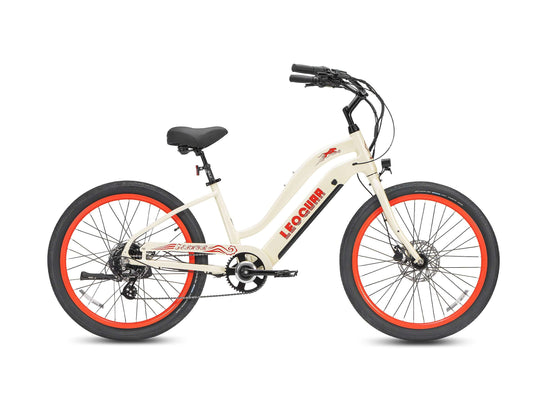
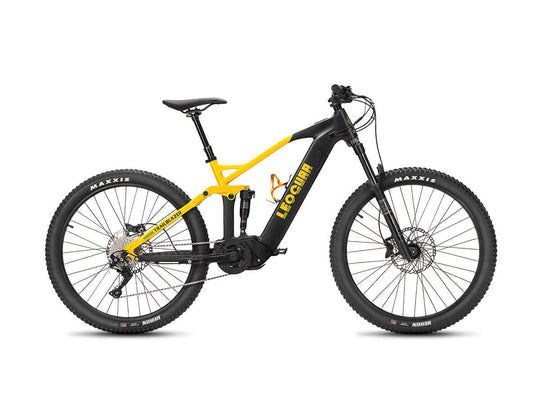

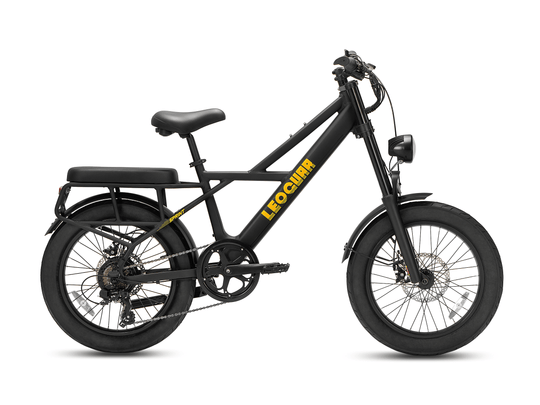
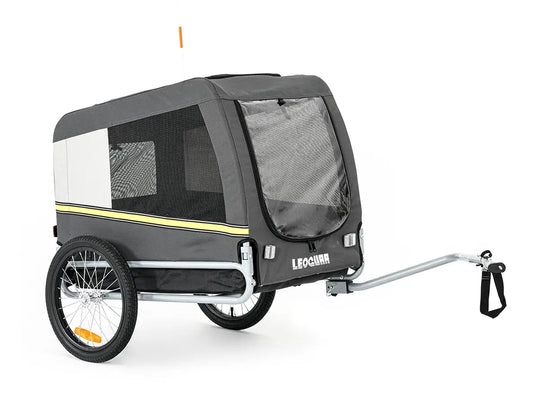
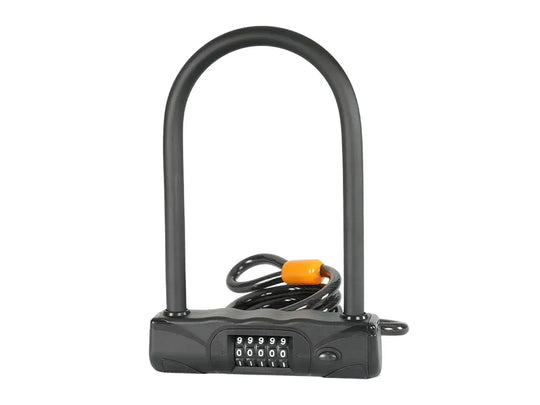

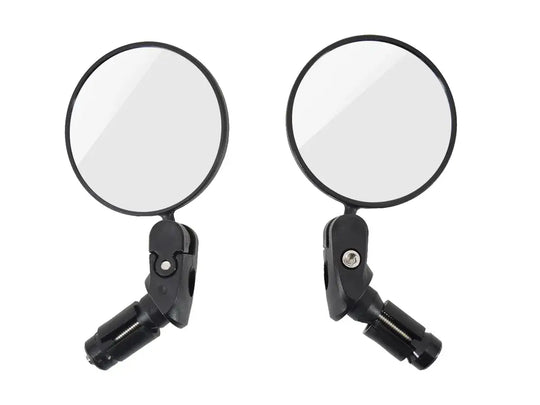
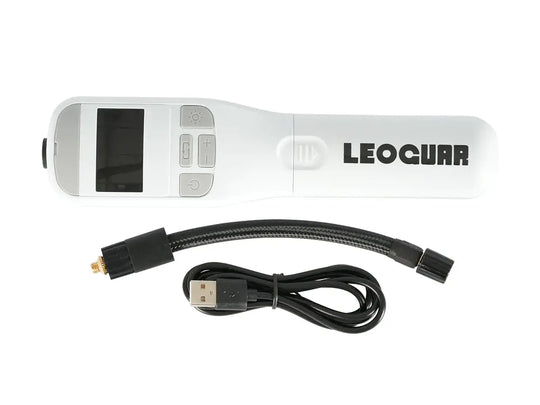
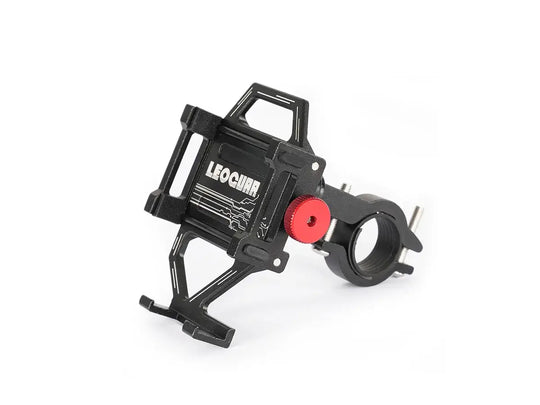
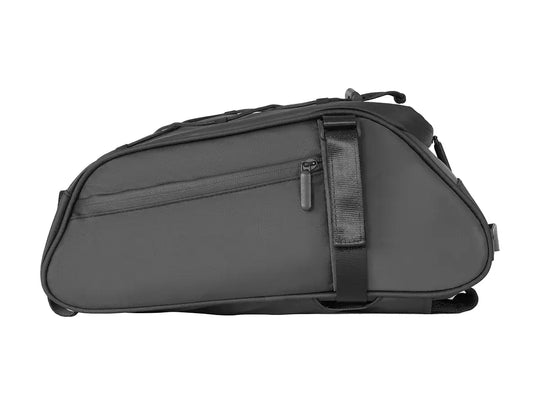
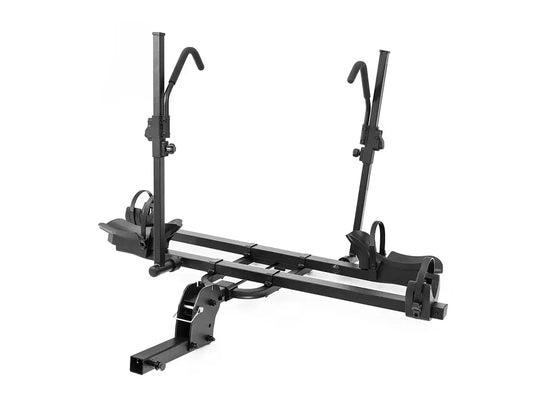
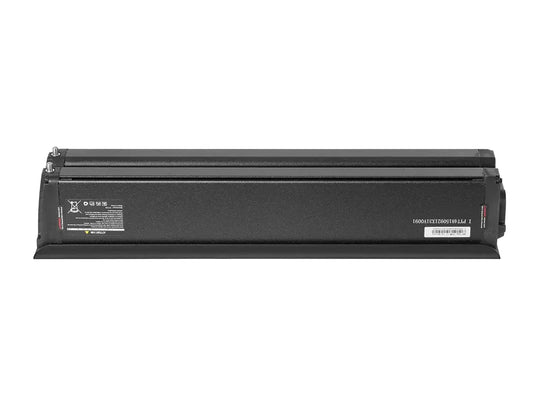

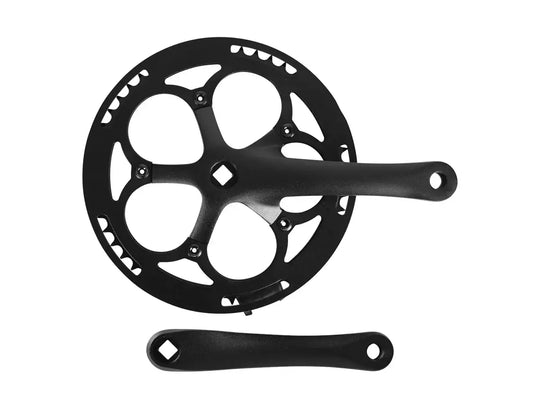
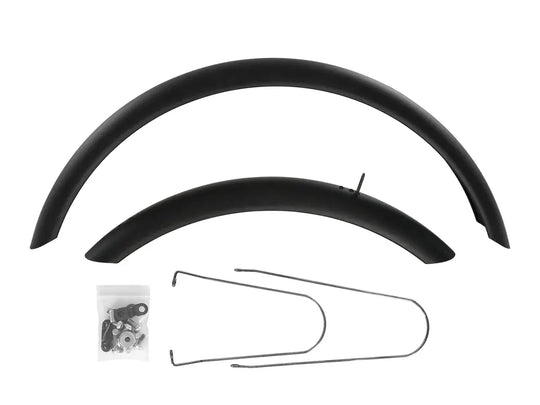
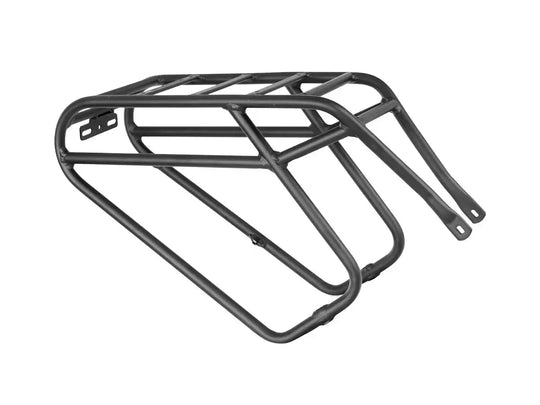
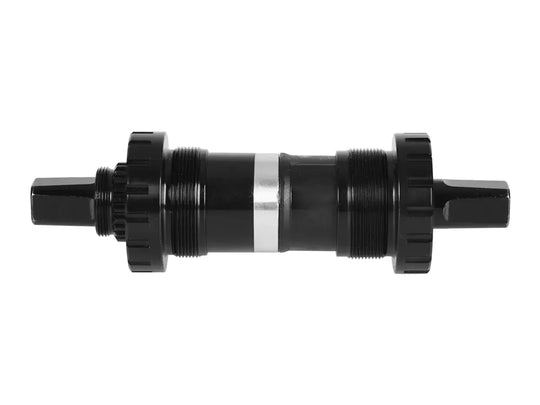
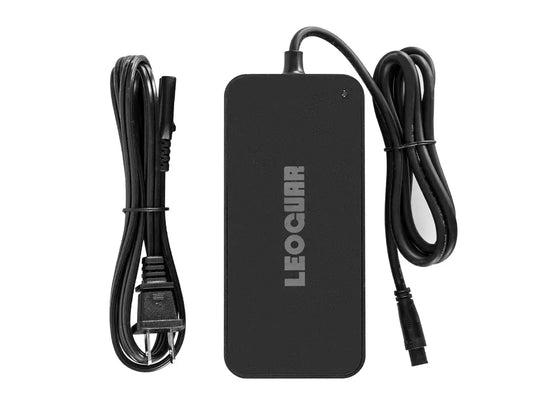
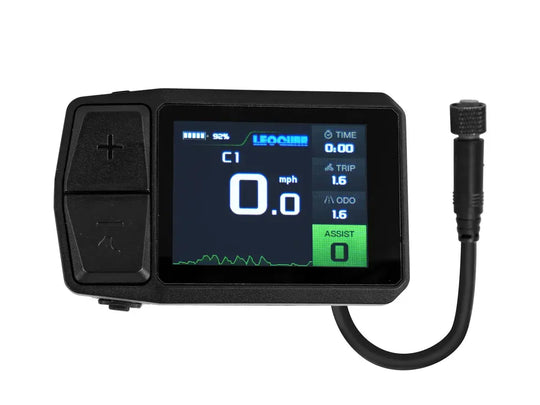
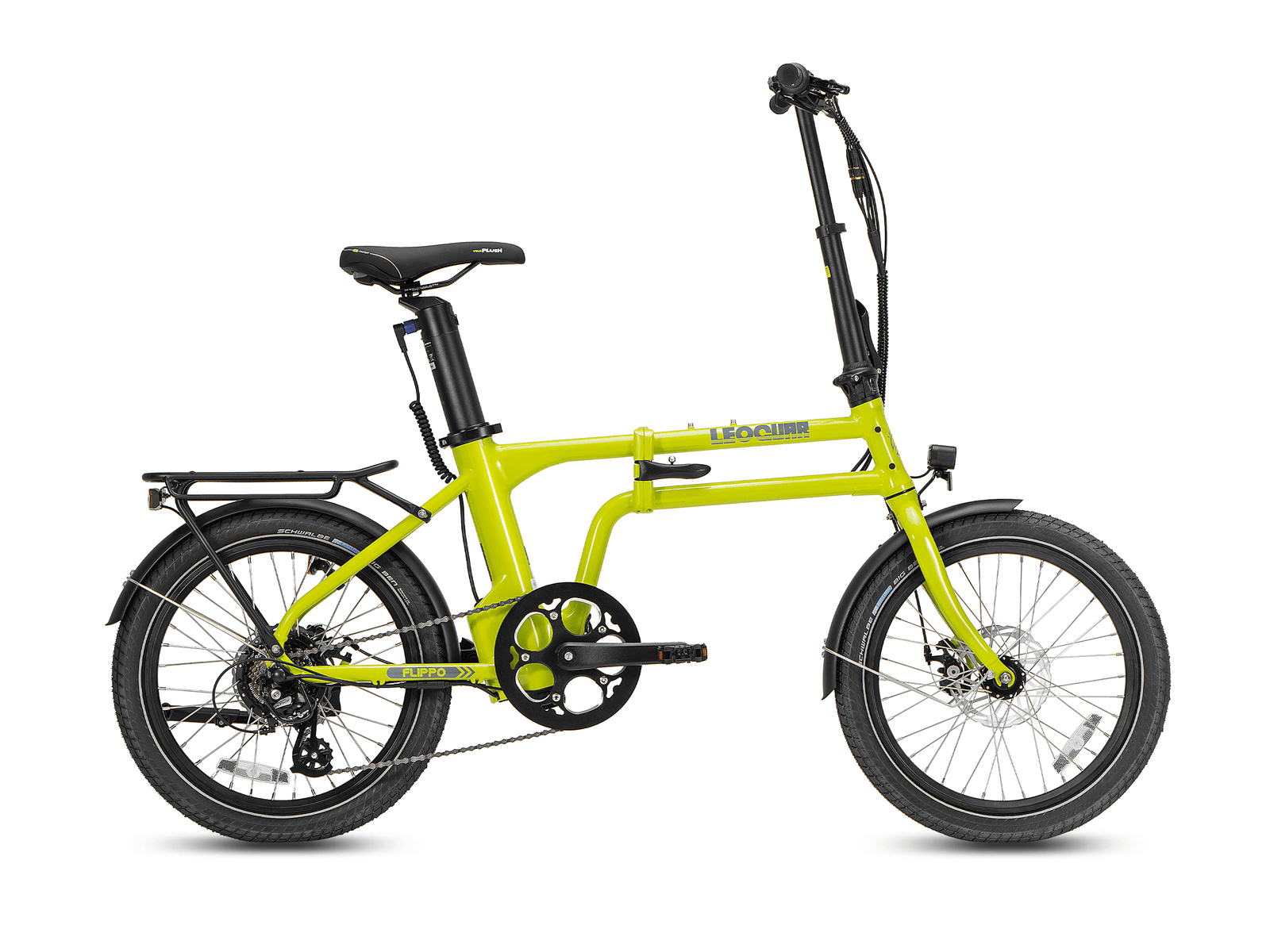







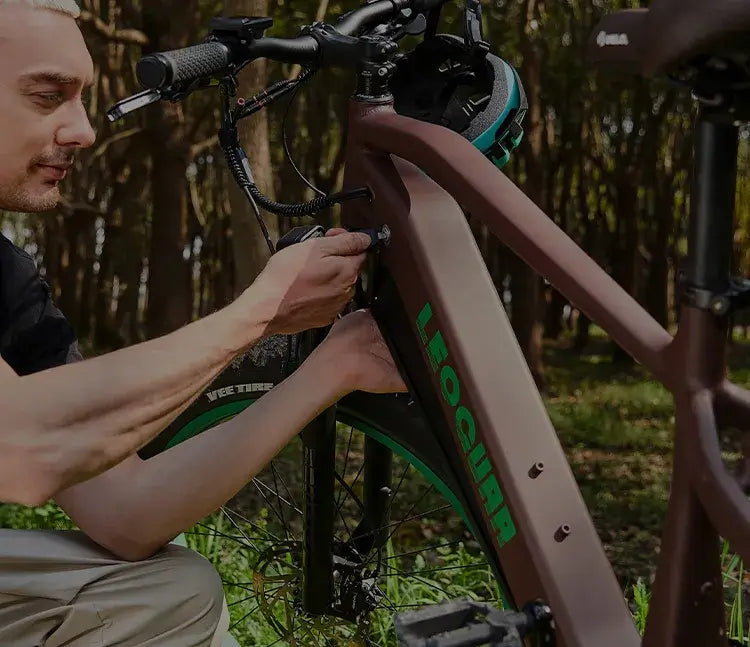
Leave a comment